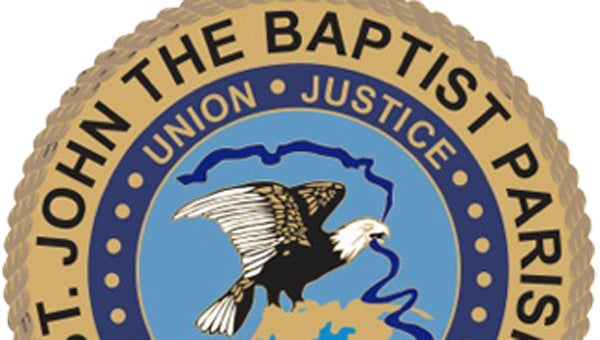Hurdles surround LaPlace pit’s role in West Shore Levee Project
Published 12:05 am Saturday, June 20, 2020
|
Getting your Trinity Audio player ready...
|
LAPLACE — Clay from a LaPlace pit has apparently met federal standards, but the owners and developers still have several hurdles to cross before the U.S Army Corps of Engineers would sign off to purchase the dirt to be used in the West Shore Lake Pontchartrain Levee Project spanning St. John the Baptist, St. Charles and St. James parishes.
St. John Parish Council member Robbie Arcuri said during a May 26 council meeting that clay from the proposed Montegut Borrow Pit, located between the River Forest subdivision and the Old Highway 51 neighborhood, has been tested and approved as suitable material for the Corps. He said the owners submitted a rezoning application to the parish office May 22.
The property in question is currently zoned R-1 and would have to be rezoned Rural for the pit to be approved by the parish.
Arcuri said the Corps has identified the Montegut property as a strategic location to stockpile 3 to 4 million cubic yards of material.
He added the site could supply up to 7 million cubic yards of clay that would be needed for the first stage of the massive levee protection project.
An access road that would be used to transport clay to the project would also be included on the Montegut site.
Arcuri said the parish could potentially reap financial benefits through sales tax revenue from the sale of the clay but council members and Parish President Jaclyn Hotard were skeptical since the Corps is a federal agency and is exempt from paying sales tax.
Arcuri said the site would also mean a decrease in heavy truck traffic on Airline Highway.
“I wanted to let the process play itself out and for the developers and land owners to go through the process and hopefully get this thing resolved,” Arcuri said.
“I do have many concerns,” said Councilwoman Tyra Duhé-Griffin, who represents District 4 where the potential pit is located. “There are massive amounts of trucks and potential damage caused by the weight of materials these trucks would be carrying.”
However, she said that if measures were in place to prevent damage to parish roads and a potential sales tax revenue was possible, then “why don’t we just approve the project?”
Hotard said developers still have to contend with additional federal applications to have the pit approved.
“That has nothing to do with the parish,” she said. “We don’t approve the pits that can and can’t be used.”
Council Chairman Lennix Madere said he believes most of the clay to be used is going to come out of the spillway, since that is federal property. However, Arcuri said there is some speculation that the dirt from the spillway might not be suitable because the gates have been opened three times in the past two years and much of the area is still under water.
The levee project might soon be facing some financial challenges as proposed cuts to the Louisiana budget could negatively impact the state’s plan to pay for its share of the cost. The Louisiana House of Representatives Committee on Appropriations amended House Bill 2 to repurpose $117 million in surplus from the state’s Coastal Protection and Restoration Fund.
Gov. John Bel Edwards has been vocal in his support of using the surplus funds for the project.
The state is responsible for 35 percent of the $760 million cost of the project, approximately $266 million. St. John Parish residents approved a seven-mill tax in 2017 for construction and maintenance of the levee.
In other council news, during a special council meeting on June 17, Hotard declared June 19 as Juneteenth Independence Day. The council also declared yesterday a parish holiday.
– This article was submitted by Richard Meek, contributing writer to L’OBSERVATEUR





